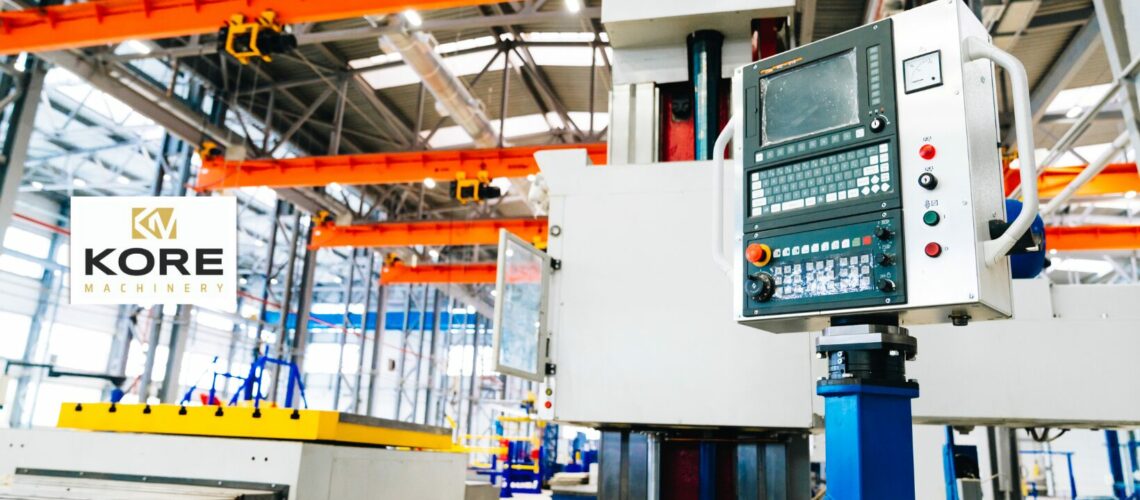Have A Question?
What Is the Difference Between a Cut-To-Length (CTL) Line and a Blanking Line?
A Cut-To-Length Line produces standard-sized sheets that often need reshearing before use. At the same time, a Blanking Line creates blanks cut to specific close tolerances, ready for the next manufacturing step without additional processing. The main difference lies in the precision of the cutting process. Blanking Lines use advanced feed systems and slitters to produce sheets and blanks with tight tolerances, whereas Cut-To-Length Lines focus on producing sheets. Misconceptions arise from confusion between sheets and blanks, but understanding their unique purposes clarifies the distinction between the two lines.
Is Aluminum Easier to Level Than Steel?
While aluminum requires less force to cut than steel, it is more elastic, making it more challenging to level. Aluminum stretches more under the same load, requiring deeper roll penetration and more elongation to achieve a permanent set during the leveling process. This increased elasticity results in greater machine loading and power requirements. Steel, on the other hand, has less elasticity and springs back less, making it easier to level. The misconception that aluminum is easier to level comes from focusing solely on cutting force, but elasticity plays a larger role in the leveling process.

Do Looping Type Lines Reintroduce Coil Set?
Looping-type lines can reintroduce coil sets if the material is bent with a radius that is too small after being leveled. These lines use a loop accumulation system to allow continuous leveling while the feed stops for shearing. The key to avoiding the reintroduction of the set is ensuring the loop’s radius is appropriately sized based on the material’s characteristics, such as gauge and elasticity. Soft steel typically requires larger radii, while more elastic materials like aluminum can handle smaller radii. Proper setup prevents the reintroduction of coil set, which is a common misunderstanding with looping lines.
What Is the Difference Between Machine Repeatability and Part Repeatability?
Machine repeatability refers to the ability of a machine to consistently repeat a specific motion within a given tolerance, such as a roll feed that can repeat within ±.005″. Part repeatability measures the consistency of the final product dimensions during a process. While machine repeatability directly influences part repeatability, external factors can cause deviations, making part repeatability the more significant measure of final product quality. Misconceptions arise when these two terms are used interchangeably, but understanding their differences clarifies their respective importance in manufacturing.
Do Fixed Edge Trimmers Eliminate Camber?
No, fixed-edge trimmers do not eliminate camber. Camber is a natural curvature in the material, typically in the form of a continuous curve (sweep) or an alternating curve (snake). Trimming a strip to a specific width doesn’t address the root cause of the camber, which stems from one edge being longer than the other. Edge trimmers simply follow the existing camber in the material, meaning they can cut to width but will not correct the curvature itself.
Do Pull-Off Uncoilers Stretch Thin and Soft Material?
No, pull-off uncoilers do not typically stretch thin or soft material. These systems are powered only during threading and apply minimal back tension when pulling the material from the coil. The tension required for proper operation depends on the material’s gauge and width, so thinner materials require very little tension. As a result, the risk of stretching is minimal, and the material is unlikely to be damaged during operation.
What Is the Best Location for an Edge Trimmer?
Placing an edge trimmer before or after the leveler can work effectively, but each configuration has advantages. They are positioning the edge trimmer before the leveler can reduce stress induced by trimming and allow the leveler to knock down burrs from the slitting process. However, locating the edge trimmer after the leveler ensures that any shape irregularities are corrected before trimming, leading to better tolerances. Both configurations are valid, with minimal differences in effectiveness.
We hope this FAQ has clarified your questions about KORE Machinery’s coil processing equipment and technology. If you have further inquiries or need personalized assistance, feel free to contact our team. We’re here to help you optimize your manufacturing processes with precision and efficiency.


